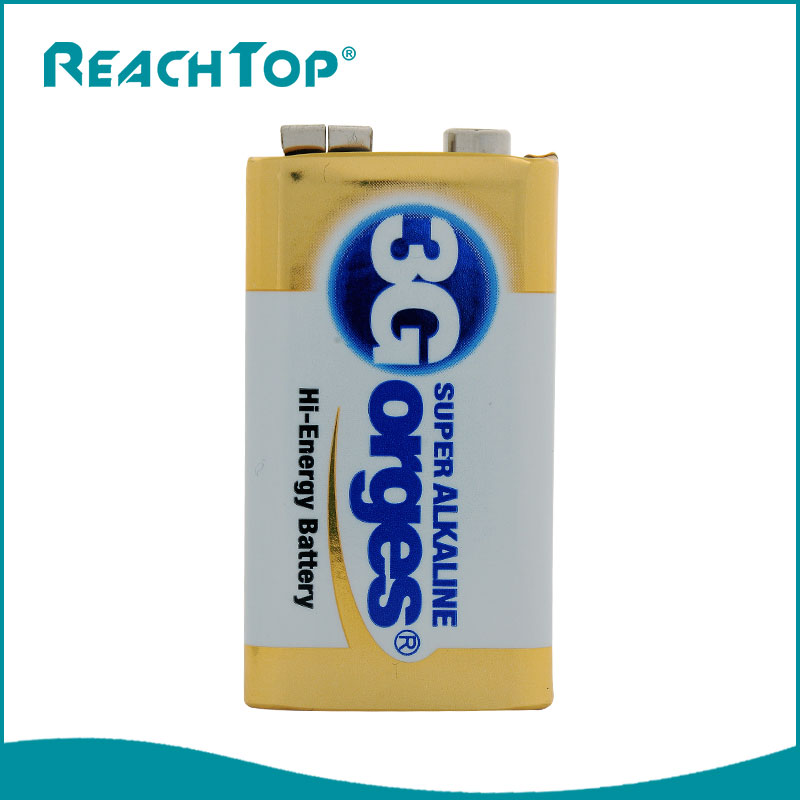Alkaline dry batteries are one of the most widely used types of batteries, known for their reliability and long-lasting power. These batteries are designed to provide a steady source of electrical energy for various devices, ranging from household appliances to portable electronics. The key to their functionality lies in the chemical reaction that occurs within the battery, which generates the electrical energy needed to power the connected device.
The construction of an alkaline dry battery consists of several key components, including zinc powder, manganese dioxide, and potassium hydroxide electrolyte. The positive terminal of the battery is composed of manganese dioxide, while the negative terminal is made of zinc. The electrolyte, potassium hydroxide, serves as a medium for the chemical reaction between these materials.
When a device is connected to an alkaline dry battery, a chemical reaction occurs between the zinc and manganese dioxide within the battery. This reaction results in the production of zinc oxide, water, and electrons. The flow of electrons creates an electric current, which powers the connected device. This process continues until the chemical components within the battery are depleted, at which point the battery must be replaced.
One of the key advantages of alkaline dry batteries is their long shelf life. Unlike other types of batteries, such as zinc-carbon batteries, alkaline batteries can retain their charge for several years, making them ideal for storing as backup power sources. Additionally, alkaline dry batteries offer a higher energy density, meaning they can provide more power for a longer period compared to other types of batteries.
Due to their reliability and long-lasting power, alkaline dry batteries are commonly used in a wide range of devices, including remote controls, flashlights, toys, portable radios, and digital cameras. They are preferred for devices that require a reliable and long-lasting power source. Additionally, alkaline batteries are commonly used in electronic gadgets such as digital cameras, MP3 players, and handheld gaming devices due to their high energy output and stable voltage.
While alkaline dry batteries are generally considered safe for household use, it is essential to dispose of them properly to minimize their environmental impact. Alkaline batteries contain various chemicals, including potassium hydroxide and zinc, which can be harmful to the environment if they leak into the soil or water supply. To mitigate this impact, many regions have established recycling programs for batteries, allowing consumers to dispose of them safely and responsibly.
In conclusion, alkaline dry batteries are a reliable and efficient power source for a wide range of electronic devices. Their long shelf life, high energy density, and reliability make them a preferred choice for consumers around the world. By understanding how alkaline dry batteries work and their applications, consumers can make informed choices about powering their devices while minimizing their ecological footprint.
